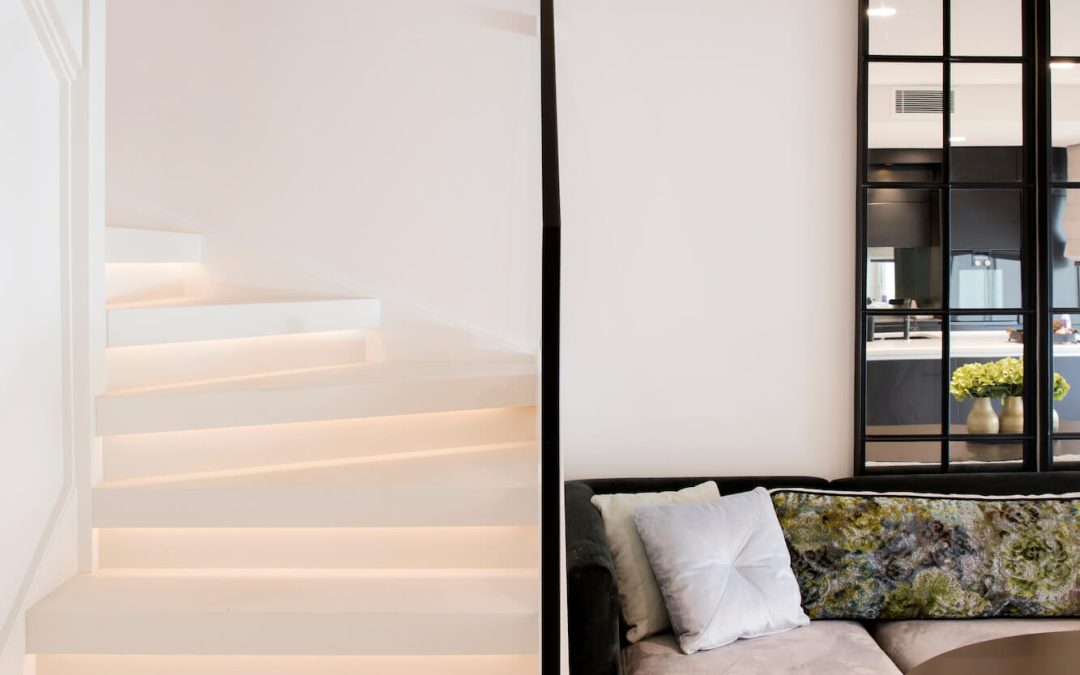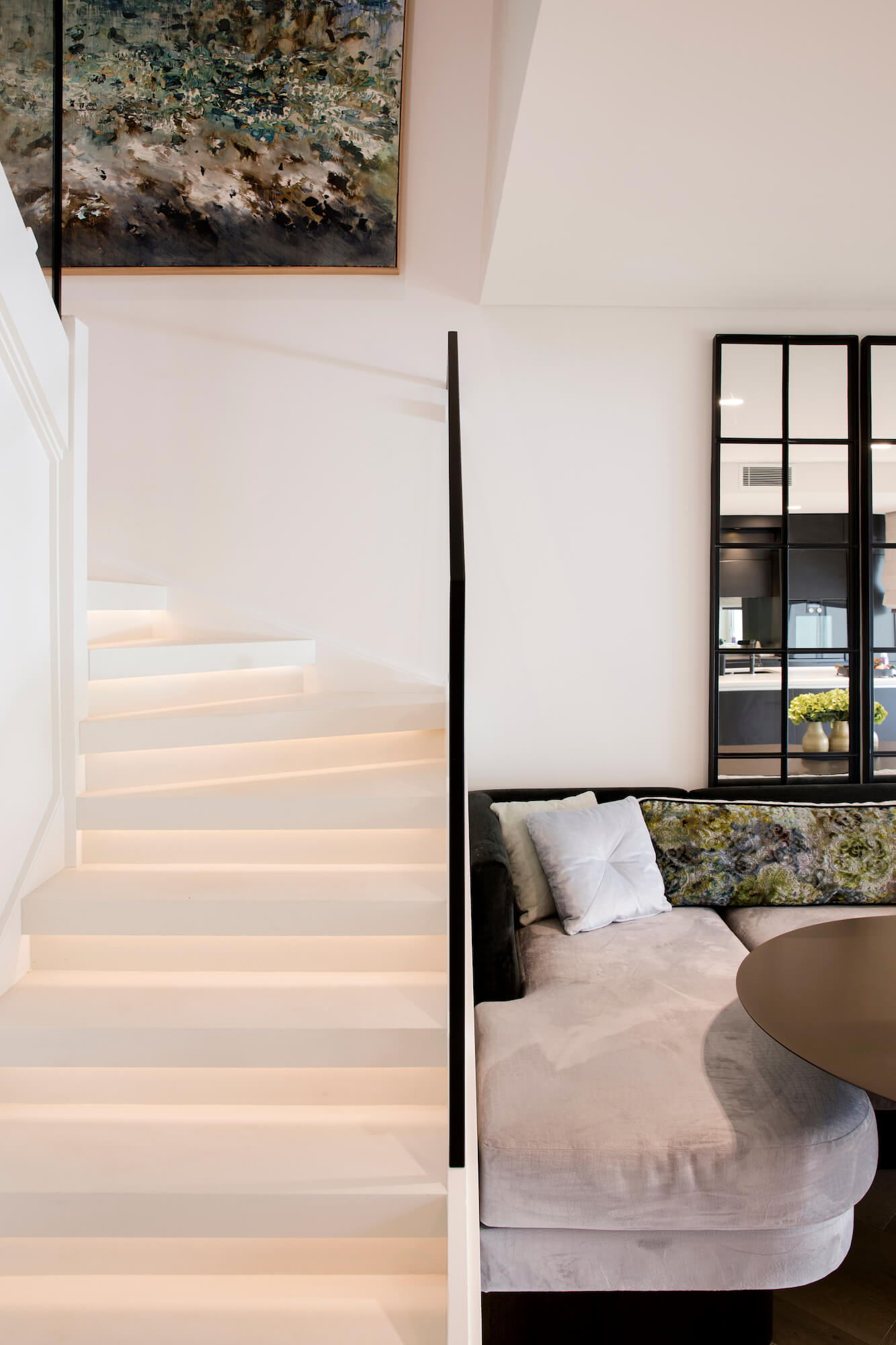
Lighting is the silent artist of interior design, shaping spaces, influencing emotions, and transforming environments. In the world of interior design, the significance of lighting becomes evident, transcending its functional purpose to become a key element in crafting atmospheres that resonate with the home residents.
In this article, we’ll look into the multifaceted role of lighting, unravelling its impact on mood, the vital embrace of daylight, and the artful dance between natural and artificial lights.
HOW LIGHTING IMPACTS MOOD
The intensity, colour, and placement of light fixtures can evoke various emotions, shaping the overall ambiance of a room. Bright, cool light tends to create a sense of openness and energy, making it suitable for spaces where activities take place. On the other hand, warm, dim lighting can foster a cosy and relaxed atmosphere, ideal for bedrooms or living rooms.
Research has shown a direct link between lighting and human emotions. Exposure to natural light, for instance, has been associated with improved mood and increased productivity. In interior spaces, replicating the positive effects of natural light becomes crucial, especially in areas where access to daylight may be limited. Therefore, interior designers often employ a combination of lighting sources to cater to different emotional needs within a single space.
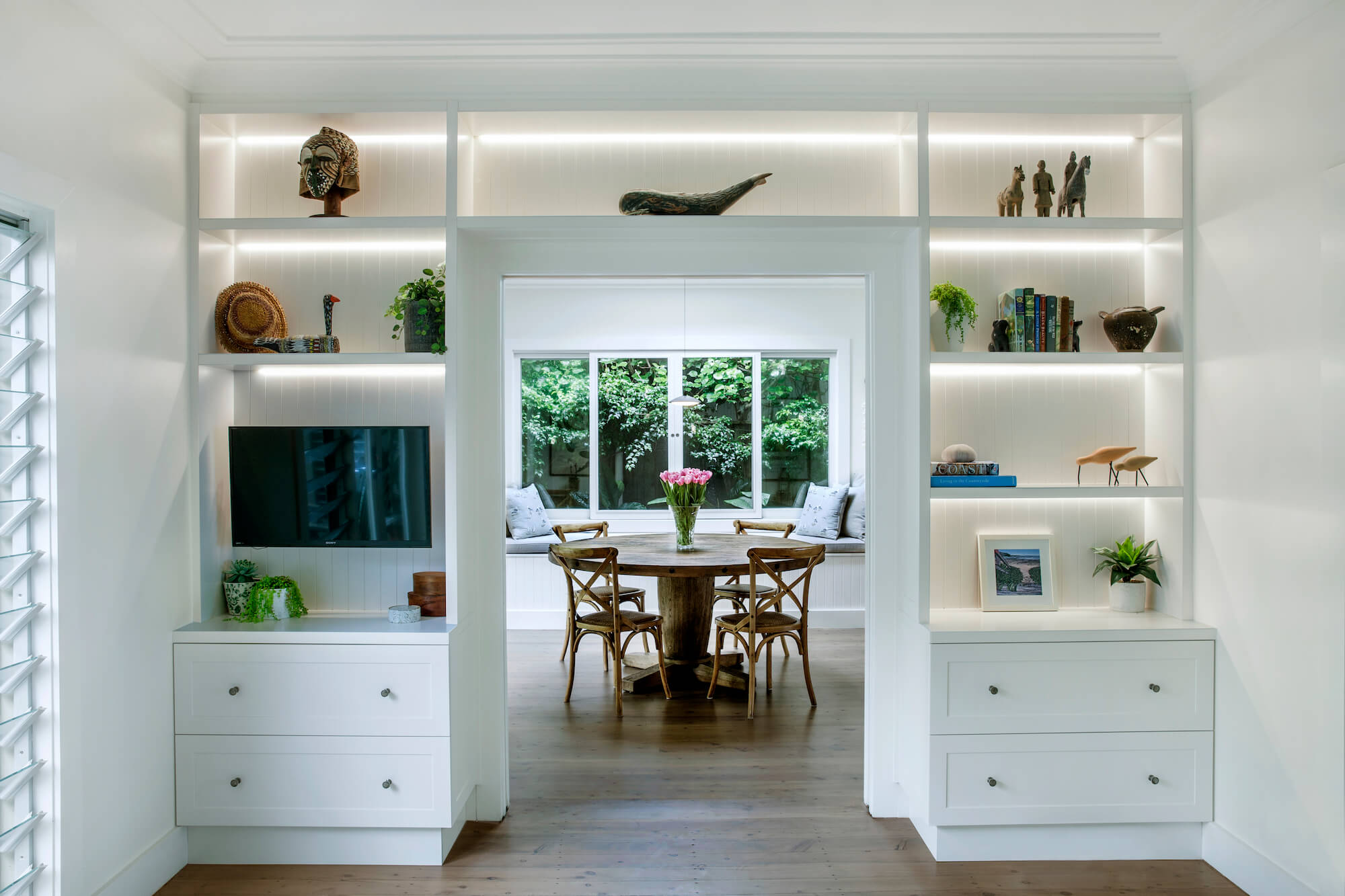
THE IMPORTANCE OF DAYLIGHT AND NATURAL LIGHT
Daylight is a fundamental element in interior design, offering a dynamic and ever-changing light source that enhances both aesthetic and functional aspects of a space. Natural light not only illuminates a room but also provides a connection to the external environment, fostering a sense of openness and well-being. Rooms flooded with daylight tend to feel more spacious and inviting, creating a positive impact on the residents.
Furthermore, exposure to natural light has numerous health benefits. It helps regulate the body’s circadian rhythm, influencing sleep patterns and overall well-being. Spaces with ample daylight contribute to a healthier indoor environment, reducing the reliance on artificial lighting during the day and minimising the potential negative effects associated with prolonged exposure to artificial sources.
Despite its significance, not all interior spaces have easy access to abundant daylight. In such cases, interior designers would strategically look at the selection of light-coloured surfaces and reflective materials that can enhance the distribution of available daylight, ensuring that even interior areas receive the positive effects associated with natural light.
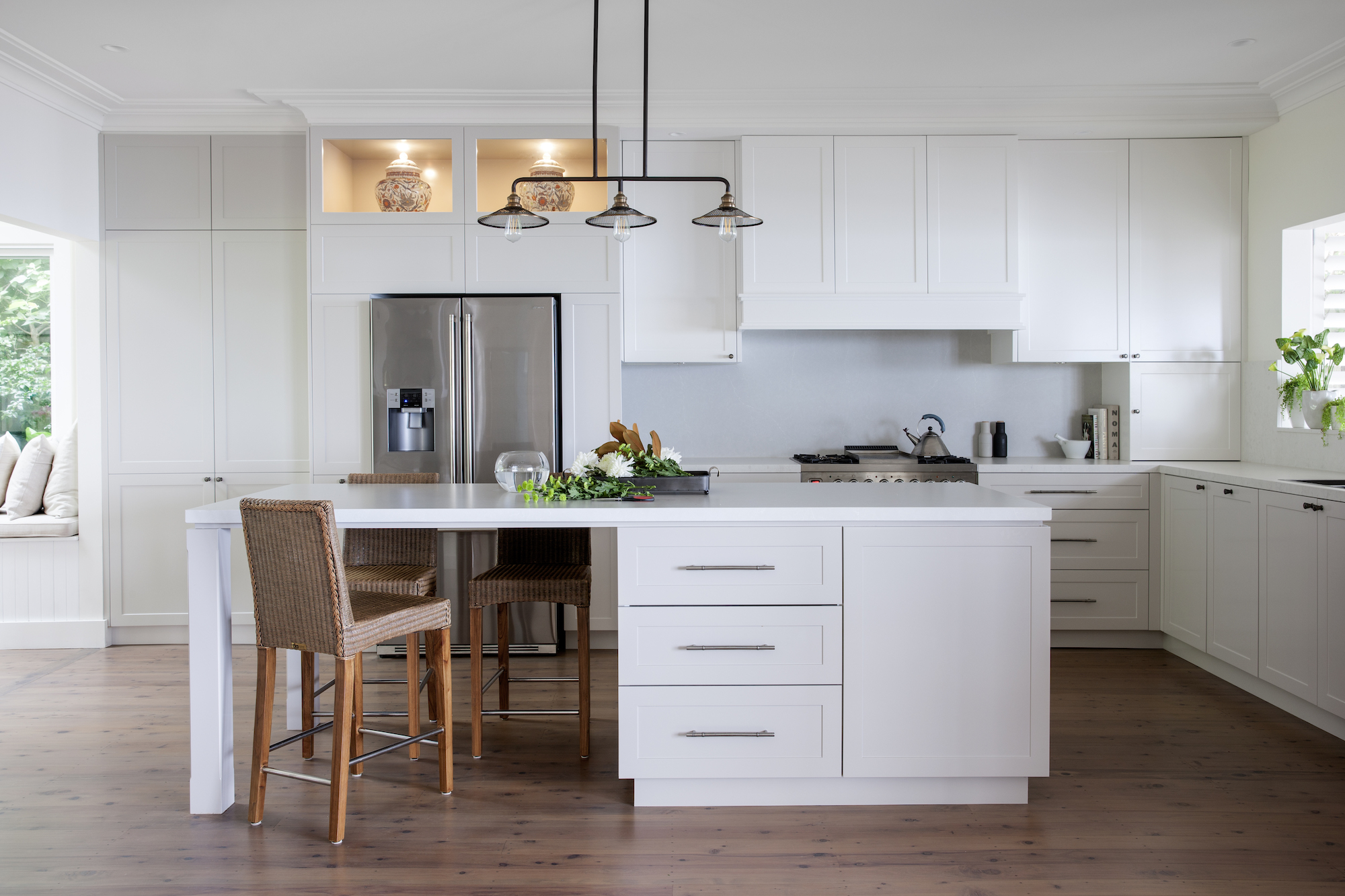
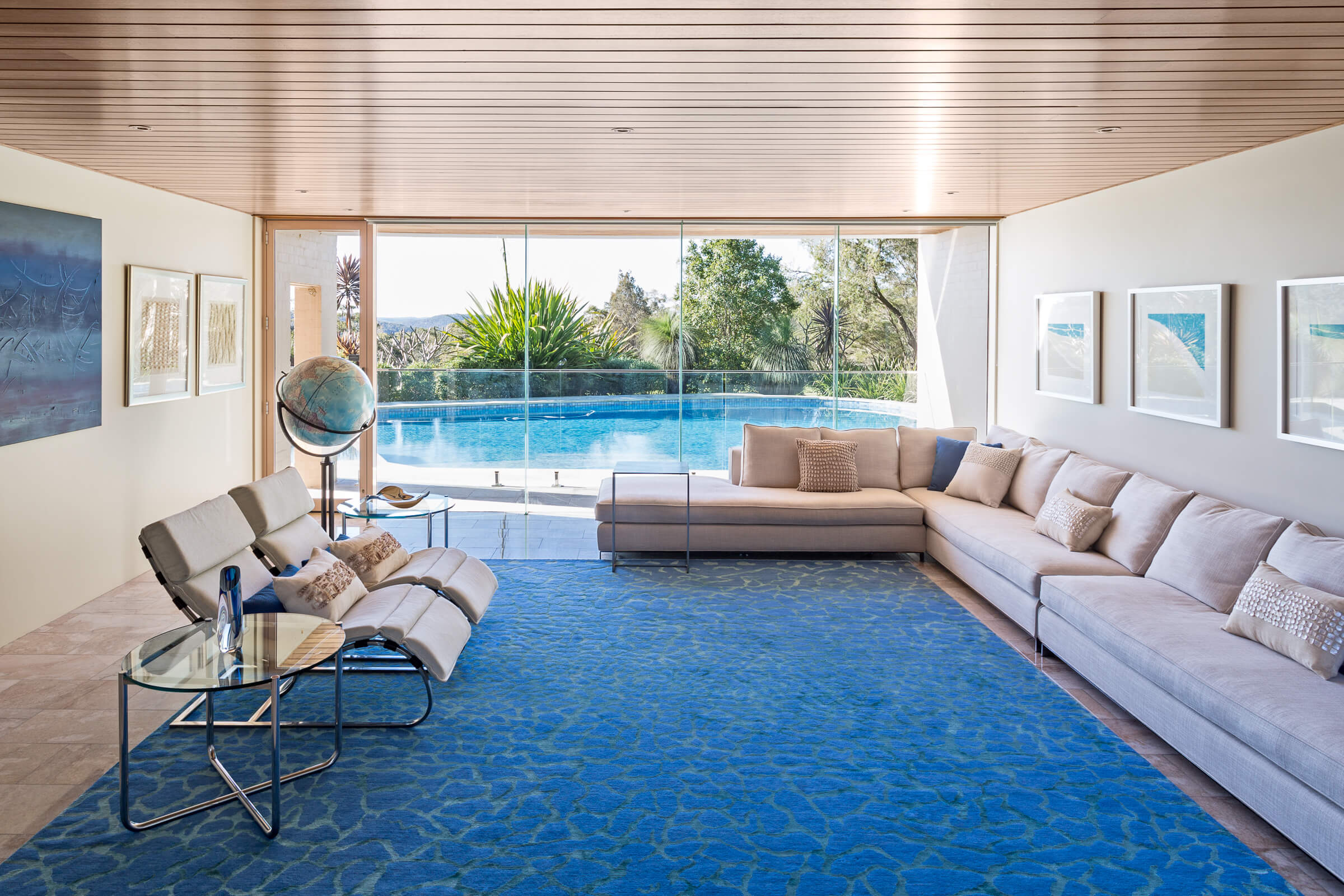
MIXING NATURAL AND ARTIFICIAL LIGHT
Creating a well-balanced lighting design necessitates a meticulous blend of both natural and artificial light sources. The infusion of natural light introduces a dynamic and invigorating dimension, seamlessly merging with the environment.
In contrast, artificial lighting empowers interior designers with precise control, facilitating customization tailored to distinct activities and moods. This synergy not only enhances functionality but also orchestrates a visually appealing ambiance.
The synergy between natural and artificial light is particularly crucial during evening hours or in spaces with limited access to daylight. Interior designers may use a combination of ambient and accent lighting to create layers of illumination, providing flexibility and adaptability to different scenarios. For instance, recessed lighting and track lighting can complement natural light during the day and serve as primary sources of lighting in the evening.
Colour temperature is another key consideration when integrating natural and artificial light. Matching the warmth or coolness of artificial lighting with the natural light in a space ensures a seamless transition between daylight and nighttime lights, maintaining a consistent and harmonious atmosphere.
In conclusion, lighting’s pivotal role in interior design is epitomised by its profound influence on mood, the significance of daylight, and the seamless integration of natural and artificial light.
At Jo Taylor Design, we look at the delicate balance between the invigorating effects of natural light and the flexibility offered by carefully selected artificial lighting. Our interior design projects showcase a meticulous fusion of aesthetics and functionality, where lighting is not merely an accessory but a fundamental aspect of interior design.


